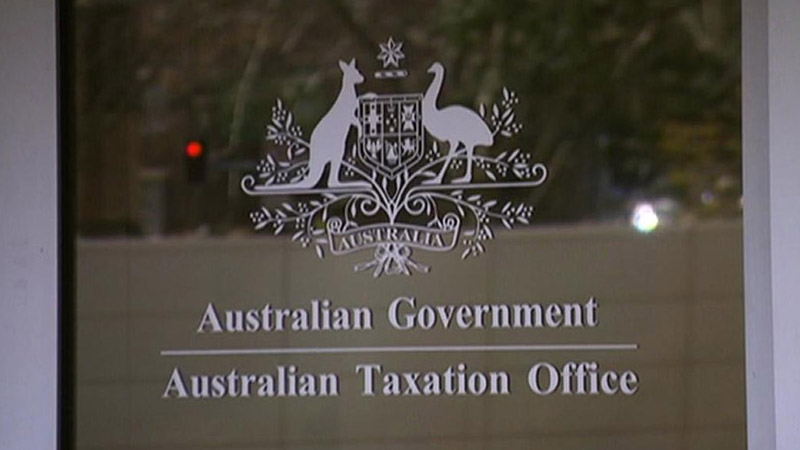Tax Office sounds warning on 8 types of super schemes
The Australian Taxation Office has earmarked a number of superannuation and SMSF schemes it says are under additional scrutiny for their ability to enable taxpayers to evade laws around superannuation and tax rules.
As sister publication nestegg has previously reported, there are a number of warning signs associated with illegal super schemes that Australians interested in SMSFs must be aware of.
Taking part in an illegal super scheme could see you penalised financially, disqualified from being a trustee and having to wind up your SMSF, or even spending time behind bars.
The Australian Taxation Office has now highlighted eight separate types of superannuation schemes that are attracting its attention for all the wrong reasons. These are:
Related-party property development ventures
While an SMSF can invest directly or indirectly in property development ventures, the Tax Office said “extreme care must be taken”.
Some arrangements can give rise to significant income tax and superannuation regulatory risks, such as the potential application of the non-arm’s length income provisions and breaches of regulatory rules about related-party transactions.
Non-concessional cap manipulation
Non-concessional cap manipulation sees individuals and some SMSF members “deliberately exceed their non-concessional contributions cap with a view to manipulating the taxable and non-taxable components of their superannuation account balances”.
Granting legal life interest over commercial property to SMSFs
This is done by SMSF members or other related entities to divert rental income so it can be taxed at a lower rate without full ownership of the property ever transferring to the SMSF.
Dividend stripping
In this scenario, shareholders in a private company transfer ownership of their shares to a related SMSF so that the company can pay franked dividends to the SMSF with the purpose of stripping profits from the company in tax-free form.
Some limited recourse borrowing arrangements (LRBAs)
Where these arrangements aren’t consistent with a genuine arm’s length dealing.
Personal services income
Where an individual — with an SMSF often in pension phase — diverts income earned from personal services to the SMSF so it is concessionally taxed or treated as exempt from tax.
The next two arrangements being monitored by the ATO relate to the new super caps and restrictions that apply as a result of the super changes that came into effect on 1 July 2017, and include:
Improper use of multiple SMSFs
The ATO said having multiple SMSFs does not ordinarily raise compliance issues, but the establishment of additional SMSFs intended to manipulate tax outcomes would.
The example provided was a switching of each respective fund between accumulation and retirement phases.
Inappropriate use of reserves
In the past, many existing reserves “arose legitimately from legacy pensions that are no longer available”, the Tax Office has conceded.
However, there are now very limited appropriate circumstances where new reserves would be established and maintained in SMSFs.
Structures using reserves designed to bypass super balance and transfer balance cap measures will attract scrutiny.
To prevent falling prey to foul play and super schemes that are illegal, the ATO has asked taxpayers to make sure they are receiving ethical professional advice when undertaking retirement planning.
It emphasised the importance of seeking a second opinion from a trusted and reputable expert, especially where in doubt.








